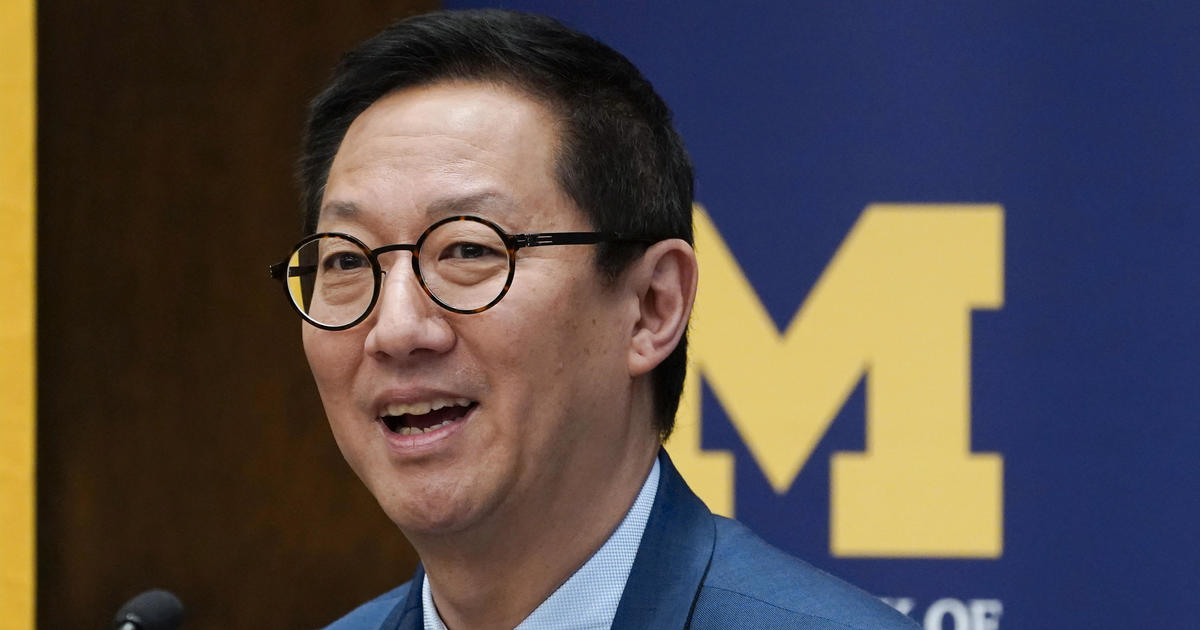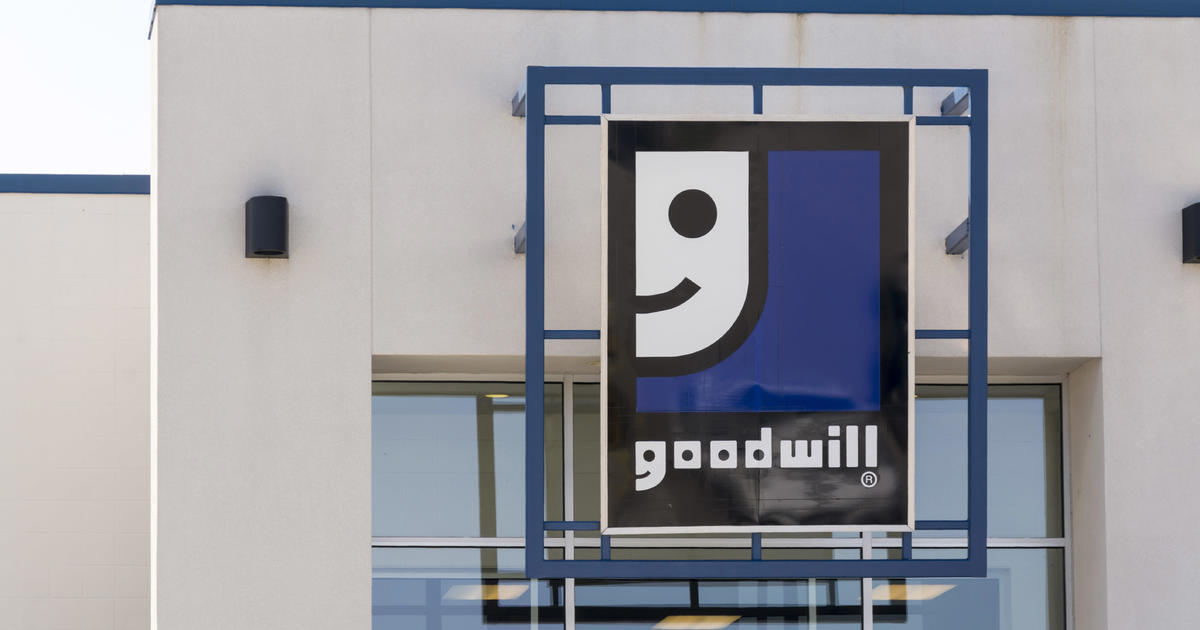First Lab Researchers Move Into UM North Campus Research Complex
The first laboratory-based researchers have moved into the University of Michigan's North Campus Research Complex, bringing with them cutting-edge research that uses stem cells to create new heart muscle and focuses on the crucial squeezing action of the heart.
The two researchers, Eric Devaney, M.D., associate professor of cardiac surgery, and, Todd Herron, assistant research professor of Internal Medicine in the Center for Arrhythmia Research, are the first of about 60 researchers in a cardiovascular research cluster moving to the NCRC.
The university's DNA sequencing unit, which provides DNA analysis to researchers, also has moved in 23 staff and about $10 million worth of equipment to NCRC.
The university now has about 600 people working at the NCRC, which is the former Pfizer property that the University of Michigan acquired less than two years ago.
"We are thrilled to have the fantastic lab facilities here at NCRC used again, and seeing our careful planning process produce results," says David Canter, executive director for the NCRC. "We are continually moving towards creating a center of innovation -- a place where collaboration spurs new ideas."
Members of the cardiovascular research cluster, which includes researchers from UM's Center for Arrhythmia Research, will be working in labs that are located much closer to each other than before. Devaney and Herron often work together on research, but their labs were at different locations in Ann Arbor, about 10 miles apart.
"A long drive between labs was an impediment to close collaboration", Devaney says. "Proximity leads to creative thinking and collaboration. The opportunity to work hand-in-hand with other researchers will help us think about science in a different way... the university is lucky to have a place where you can have a critical mass of talent and interest."
This cluster of heart researchers will receive about $20 million in research funding over the next five years, primarily from the National Institutes of Health.
"This research will change the way we treat heart rhythm around the world. You bring the brightest people into a place with the best technology and magic can happen," says David Pinsky, M.D., chief of UM's Department of Cardiovascular Medicine and director of the Cardiovascular Center, which is orchestrating the move. "But there's an economic impact as well. Here in southeast Michigan, research like this has a major impact on economic development."
Research funding produces an economic ripple effect through local spending by the scientists, staff and students whose salaries and research activities are funded by the grants, as well as the purchase of supplies and ancillary services provided by UM units and others who keep laboratories running.
According to the Association of American Medical Colleges, for every dollar directly spent by a medical school or teaching hospital, an additional $1.30 is "re-spent" on other businesses or individuals, resulting in a total impact of $2.30 per dollar.
Heart rhythm researchers were chosen through a highly-competitive process at the University, said Jose Jalife, M.D., co-director of UM's Center for Arrhythmia Research. In April 2010, an interdisciplinary faculty committee reviewed 20 proposals and selected four research clusters for location at NCRC: the cardiovascular research cluster; translational oncology; distributed health technologies and an interdisciplinary energy hub.
The cardiovascular research cluster is the first to move in. The resources available at NCRC will enhance the important cardiovascular research already underway, says Jalife.
Robert Lyons, assistant professor of biological chemistry, directs the DNA sequencing labs. The DNA lab provides service to about 2,000 researchers on campus and can process about 300,000 samples each year. The additional space will allow Lyons to hire up to 10 more people to his staff. He also hopes he can serve the businesses that may partner with researchers at NCRC or move into the new Venture Accelerator already at the complex.
The Venture Accelerator, operated by the University's Office of Technology Transfer, already is working to locate five small companies to "incubator" space designed to help faculty entrepreneurs launch businesses related to research. The Accelerator is on the NCRC site.
Moving these lab-based scientists into their new home is a big milestone for the NCRC planners like Joan Keiser, an NCRC director who was involved with planning for the campus since the purchase was finalized.
It's been about a year since the first occupants moved into offices. But Keiser says moving lab-based scientists is more complicated, because they have lots of expensive, intricate equipment and complicated space needs.
"You have to move massive pieces of equipment and determine, for instance, the different electrical services needed for a centrifuge or an autoclave," Keiser said. "Each of these researchers operates their own little business and are passionate about their productivity … so we really had to make an effort to bring up the core services to support them in parallel with their moves."
More at www.umncrc.org or www.med.umich.edu/arrhythmia_research.



